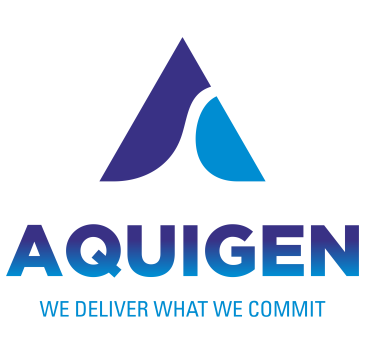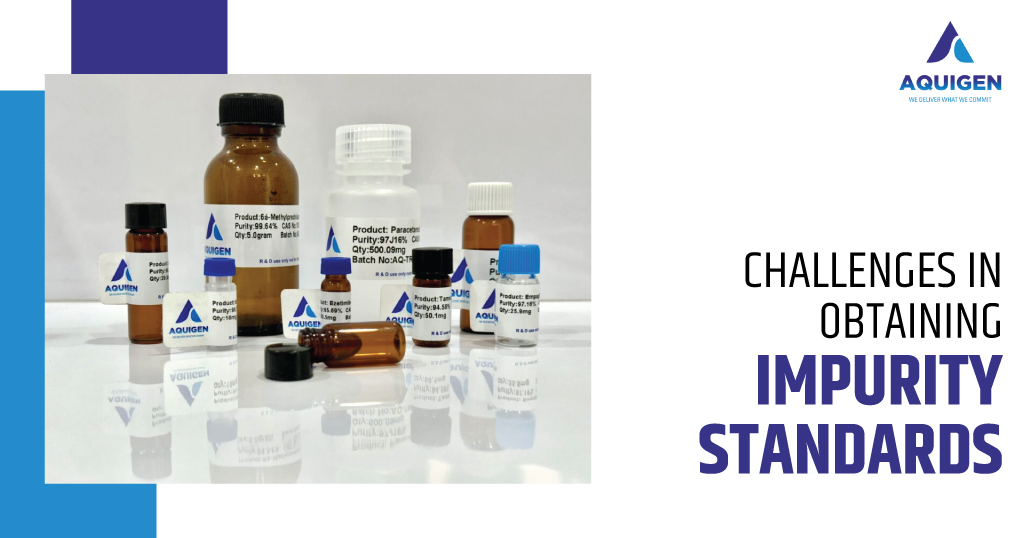For pharmaceutical industries, ensuring the purity of drug products is paramount. Impurities are unwanted substances that can arise during the synthesis, storage, or degradation of active pharmaceutical ingredients (APIs)—and pose significant risks to the safety, efficacy, and overall quality of medications. Regulatory bodies like the FDA and EMA mandate rigorous guidelines for identifying, characterizing, and controlling these impurities to protect public health.
However, securing high-quality impurity standards remains a formidable challenge for many pharmaceutical companies and laboratories. Impurities can be complex to synthesize, isolate, and characterize, and commercial standards are often scarce. In this blog, we’ll delve into the major hurdles in obtaining impurity standards and offer practical solutions and best practices to tackle these challenges effectively.
Challenges in Obtaining Impurity Standards
Complexity of Impurity Structures
One of the most significant obstacles is the complexity of impurity structures. Impurities can range from simple molecules to intricate macromolecules, and their structures are sometimes not well-defined or entirely unknown. This complexity makes it challenging to design and synthesize accurate standards, complicating the process of ensuring drug purity.
Limited Availability of Commercial Standards
Despite their critical role, commercial standards for impurities are often in short supply. Many impurities are specific to particular drugs or manufacturing processes, meaning they are not readily available from standard suppliers. This scarcity can delay method development, validation, and routine analysis, forcing researchers to rely on in-house synthesis or isolation methods.
Difficulty in Synthesis and Purification
When the structure of an impurity is known, synthesizing and purifying it can still be a major challenge. Impurities are often present in minute quantities, making it tough to produce enough material for characterization and use as a standard. The synthesis and purification processes may require specialized equipment, expertise, and extensive optimization, increasing the time and cost involved.
Lack of Analytical Data
The scarcity of analytical data on impurities adds another layer of difficulty. Often, the physical, chemical, and spectroscopic properties of these impurities are not well-characterized, which complicates the development and validation of detection and quantification methods. This lack of data can also impede the accurate identification of impurities in drug samples.
Regulatory Considerations
Navigating the regulatory requirements for impurities can be intricate. Guidelines from bodies like the FDA and EMA vary based on the drug, manufacturing process, and intended use. Ensuring compliance with these regulations, particularly when necessary impurity standards are unavailable, can be a complex and challenging task.
Solutions and Best Practices
Collaboration with Specialized Providers
Partnering with specialized providers of impurity standards and custom synthesis services can be an effective strategy. Companies like Aquigen Bio Sciences offer expertise and resources to synthesize, purify, and characterize a wide range of impurity standards, including those that may not be commercially available. Such collaborations can streamline the process, reduce costs, and provide access to a broader range of standards.
Development of In-house Capabilities
For some organizations, building in-house capabilities for impurity synthesis and purification may be necessary. This approach involves setting up dedicated teams, acquiring specialized equipment, and refining synthesis and purification techniques. While this method requires significant investment, it allows for greater control over the standards and can be valuable for future projects and regulatory compliance.
Leveraging Analytical Techniques and Data
Utilizing advanced analytical techniques—such as high-performance liquid chromatography (HPLC), mass spectrometry (MS), and nuclear magnetic resonance (NMR) spectroscopy—can help address the issue of limited analytical data. These techniques provide detailed insights into the properties of impurities, aiding in the development and validation of detection methods. Additionally, sharing and leveraging analytical data within the pharmaceutical community can enhance the understanding of impurities and facilitate the creation of new standards.
Effective Communication with Regulatory Authorities
Navigating the regulatory landscape requires effective communication and collaboration with regulatory bodies. Engaging with organizations like the FDA and EMA can help pharmaceutical companies better understand impurity control requirements and develop strategies for obtaining and using impurity standards. Open and transparent dialogue with regulatory authorities can prevent delays and ensure compliance.
Trust the Best Impurity Standard Supplier in India
Securing high-quality impurity standards is a crucial but challenging aspect of pharmaceutical development. By collaborating with specialized providers, developing in-house capabilities, leveraging advanced analytical techniques, and maintaining open communication with regulatory authorities, companies can effectively address these challenges.
At Aquigen Bio Sciences, we are dedicated to supporting the pharmaceutical industry in overcoming the complexities of impurity standards. As a leading impurity standards manufacturer and supplier in India with custom synthesis services, we have the expertise and resources to help streamline your drug development and manufacturing processes. Contact our team to discover how our custom solutions can support your impurity standard needs!


